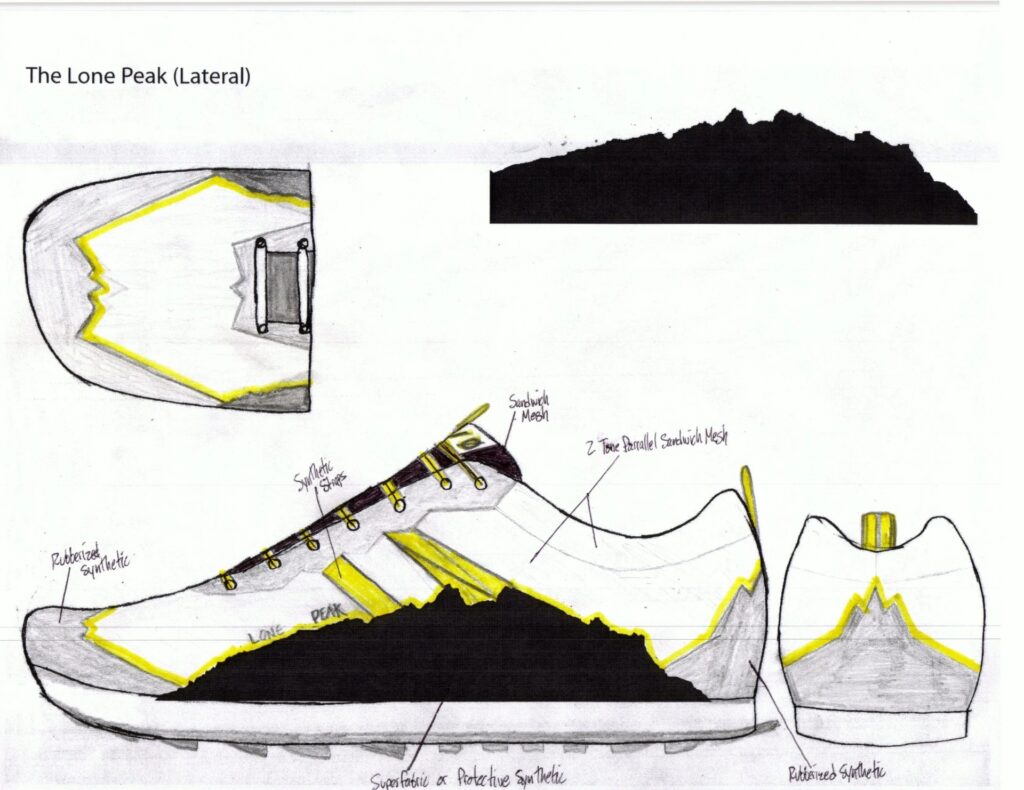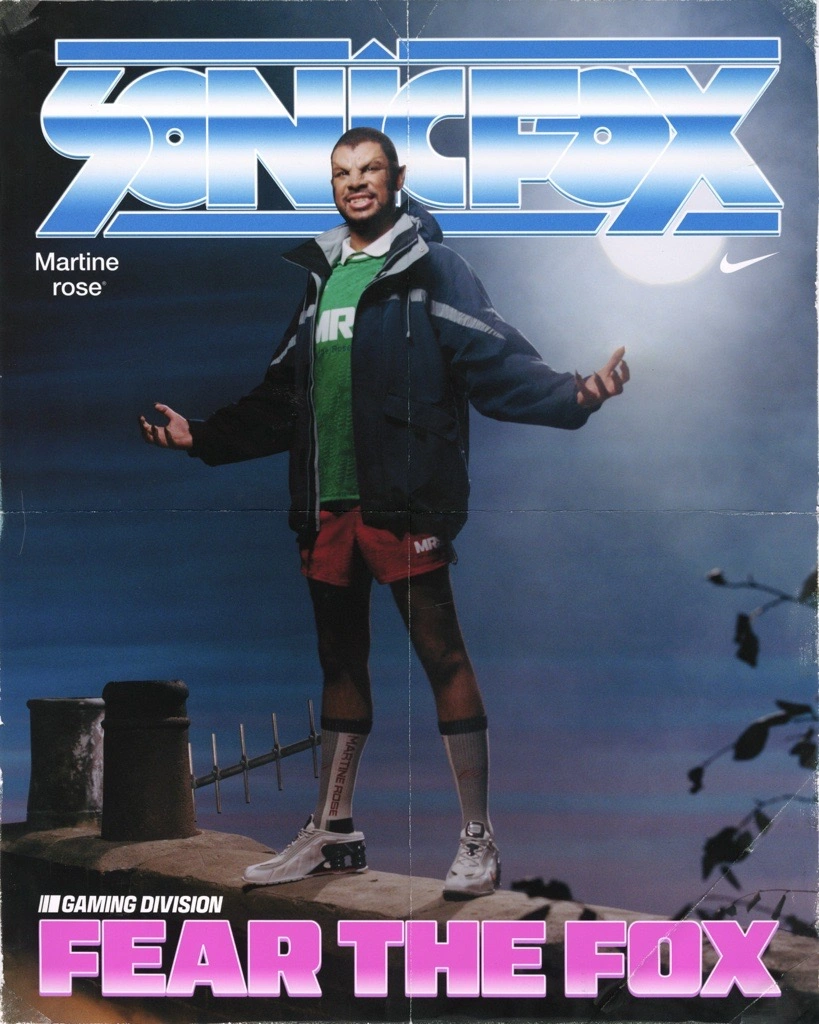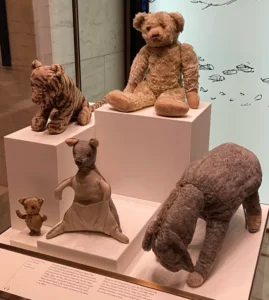In the world of athletic footwear, innovation is a term tossed around liberally—new designs, cutting-edge technology, and state-of-the-art materials emerge year after year. Yet, few companies have truly disrupted the industry in a way that redefines the fundamentals of how a shoe is made and what it represents to runners. Enter Golden Harper, the unassuming mastermind behind Altra Running, a brand that upended the 20-billion-dollar running shoe industry, not through fancy corporate labs or high-profile partnerships, but with a toaster oven and an unrelenting desire to fix what was broken in the shoes he sold at his family’s running store.
The Problem with Traditional Running Shoes
Golden Harper’s journey began in the early 2000s when he was working at his family’s store, Runner’s Corner, in Orem, Utah. It was here that Harper, an accomplished runner himself, noticed a recurring problem among the store’s customers. As runners came in, they frequently shared their stories of injury—plantar fasciitis, shin splints, and knee pain—issues Harper had experienced personally. Despite the claims made by big-name running brands, there was a disconnect between the design of their shoes and the needs of the human foot.
The problem, as Harper identified, stemmed from the elevated heel in most traditional running shoes. This heel-to-toe drop, ranging from 10 to 12 millimeters, forced the foot into an unnatural position, encouraging heel striking and, in Harper’s view, increasing the likelihood of injury. Traditional running shoes were built for cushioning and support, but what if that extra support was causing more harm than good?
In Harper’s words, “We weren’t born with a heel drop. Why do we put one in our shoes?”
The Toaster Oven Experiment
What Harper did next was something that few would expect from a future footwear mogul—he grabbed a toaster oven. Frustrated with the lack of innovation from the major shoe brands, he decided to take matters into his own hands, quite literally. Harper took a pair of existing running shoes, sliced off the cushioned heel, and heated them in a toaster oven to reshape the sole. His goal? To create a shoe that allowed the foot to remain in a neutral position, where the heel and forefoot are level, mimicking the foot’s natural position when walking or running barefoot.
“The idea was to create something that mimicked the way our bodies are designed to run, without all the artificial support of a traditional running shoe,” Harper recalls. “It wasn’t about adding more—it was about taking things away.”
This low-tech innovation became the foundation of Altra’s signature “Zero Drop” platform, where the heel and toe are level, allowing for a more natural running stride. The toaster oven shoes, though crude, worked. Runners who tried them reported less pain, improved running form, and an overall more comfortable experience. Harper knew he was onto something that could revolutionize the running world, but the journey was far from over.
From Toaster to Production
In 2009, Harper teamed up with fellow running enthusiasts Brian Beckstead and Jeremy Howlett, who shared his passion for creating a better shoe. They began testing prototypes with local runners, tweaking designs, and gathering feedback. The early prototypes retained the Zero Drop platform, but Harper soon realized there was another problem with traditional running shoes—they were too narrow at the toe.
“We looked at a foot in its natural state, and then we looked at a traditional running shoe. The toes were squished together. How could that be good for a runner’s performance or comfort?” Harper explains.
This led to the development of Altra’s second key innovation: the FootShape™ toe box. Unlike the pointed or narrow design of most shoes, the FootShape™ toe box allowed the toes to spread out naturally, providing better balance and reducing pressure on the forefoot.
With these two core concepts—Zero Drop and the FootShape™ toe box—Harper and his team were ready to take their innovation to the masses. However, the shoe industry is notoriously difficult to break into, dominated by mega-brands with deep pockets and established reputations. The team faced numerous rejections from investors, manufacturers, and retailers who were skeptical of a shoe that looked and felt so different from the norm.
“It was disheartening,” Harper admits. “People told us we were crazy to think runners would wear shoes that looked this weird. But we believed in the science behind it.”
Breaking into the Market
In 2011, Altra Running officially launched with a small but passionate team and a limited product line. Despite the odds, the brand quickly gained a cult following among runners who had long been dissatisfied with traditional shoe designs. Word spread in running communities and online forums, where early adopters praised the shoes for their ability to prevent injuries and improve running form.
One of the key turning points for Altra came when they partnered with running specialty stores, similar to the one Harper grew up in. These stores, often staffed by knowledgeable runners, were more willing to take a chance on the brand. They understood the importance of function over aesthetics, and they saw the potential in Altra’s unique design.
The grassroots marketing strategy paid off. Soon, Altra shoes were flying off the shelves, and the company began to expand its product line, offering shoes for trail running, road running, and even everyday wear. By 2016, just five years after launching, Altra was acquired by VF Corporation, the parent company of other iconic brands like The North Face and Timberland. This acquisition allowed Altra to scale even further, reaching new markets and continuing to innovate within the running shoe space.
Disrupting the $20-Billion Industry
What made Altra’s rise so remarkable wasn’t just their innovative products but the way they forced the entire running shoe industry to reconsider its approach to design. The success of Altra’s Zero Drop platform and FootShape™ toe box sparked a wave of new brands and models that emphasized natural running mechanics. Even the big players in the industry, like Nike and Adidas, began releasing shoes with lower heel-to-toe drops and wider toe boxes in response to the growing demand for more natural footwear.
The impact of Altra goes beyond just sales figures or market share; it has fundamentally changed how runners think about their shoes. Harper’s toaster oven experiment wasn’t just a quirky story of DIY ingenuity—it was a catalyst for a paradigm shift in the industry.
“I think what we did was show people that running shoes don’t have to follow this rigid, traditional design. You don’t have to accept pain or injury as part of being a runner,” Harper says. “There’s a better way.”
Impression
Today, Altra continues to be at the forefront of innovation in the running shoe industry. Their products are beloved by both elite athletes and casual runners, and they remain committed to their core philosophy of making shoes that work with the body’s natural biomechanics. The brand has expanded its reach globally, but at its heart, Altra is still driven by the same principles that inspired Harper to stick a pair of shoes in a toaster oven all those years ago.
Harper, who remains deeply involved with the company, often reflects on how far the brand has come from its humble beginnings. “We started with this crazy idea that we could make running shoes better. It wasn’t about fancy materials or high-tech gimmicks. It was about going back to the basics and asking, ‘What does the human body really need?’”
Altra’s success proves that disruption doesn’t always come from high-tech labs or huge marketing budgets—it can start with a simple observation, a passion for improvement, and, in Harper’s case, a toaster oven. As the running industry continues to evolve, one thing is certain: Altra has left an indelible mark, and its legacy will inspire future innovators to challenge the status quo.
Golden Harper’s journey from tinkering with a toaster oven to building a brand that reshaped the running shoe industry is a testament to the power of curiosity, persistence, and innovation. Altra’s revolutionary designs, grounded in the principles of natural movement, have not only disrupted a multi-billion-dollar industry but have also improved the running experience for countless athletes. Harper’s story reminds us that sometimes, the most groundbreaking ideas come from questioning the status quo and daring to take a different path. As runners lace up their shoes today, many are unknowingly benefiting from a small experiment that began with a toaster oven in Utah—a true symbol of innovation at its finest.
No comments yet.








